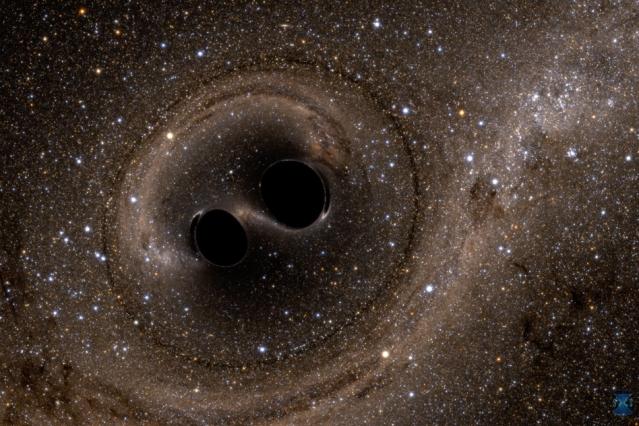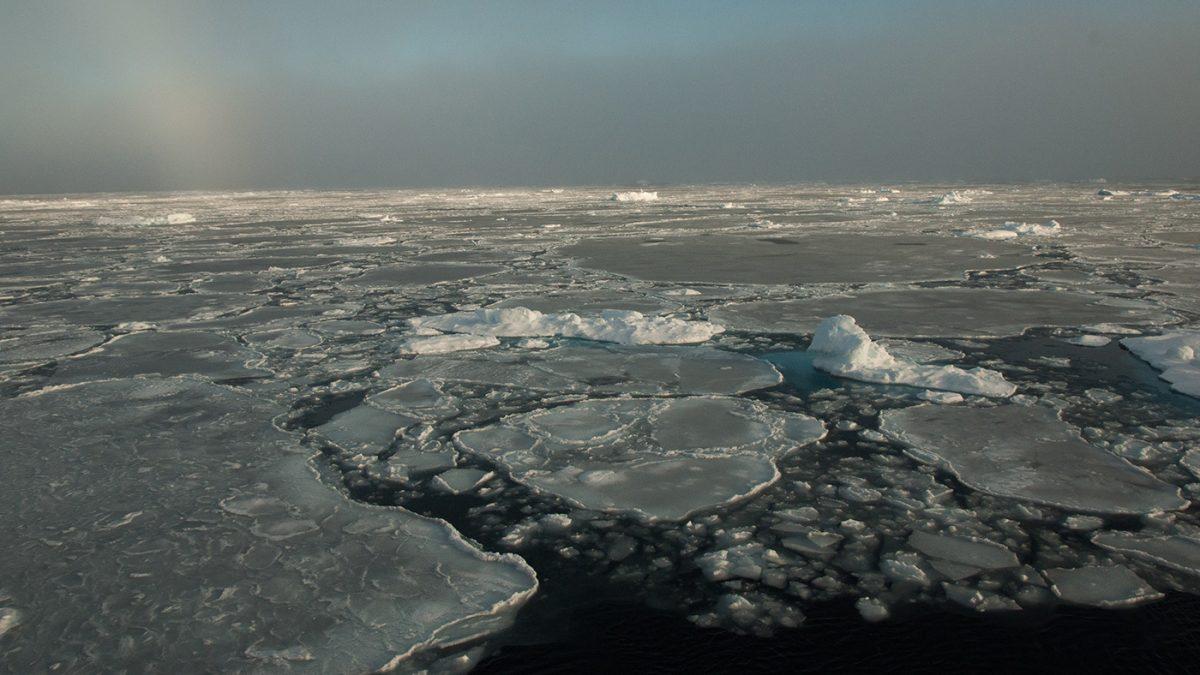On Sep. 14, 2015 at 5:51 a.m. scientists made a ground-breaking discovery when they detected gravitational waves created by the collision of black holes over a billion light-years away. The detection of the waves is vitally important to human understanding of the universe. This discovery proves the final component of Albert Einstein’s general theory of relativity and that the “fabric of the universe” is able to ripple and move. While other components of the theory had been successfully tested, such as the ability of light to bend in the presence of large planets or bodies in the universe, until now there had been no concrete evidence that space-time was as dynamic as Einstein predicted or that black holes functioned the way he theorized.
Scientists at the Laser Interferometer Gravitational-Wave Observatory (LIGO), which has locations in Louisiana and Washington, detected the gravitational waves. The research team was composed of physicists from institutions all over the country, including Nergis Mavalvala ’90 and Sheila Dwyer ’05, two alumnae of Wellesley College. Mavalvala has worked with LIGO for the past 25 years, while Dwyer joined the team as a research assistant eight years ago.
On Sept. 14 the equipment used by LIGO picked up the signal. Their technology was an L-shaped configuration of two vacuum chamber arms, each two and a half miles long and housing lasers and mirrors that could detect the smallest changes in length of the arms. The black holes that collided were massive, many times bigger than our sun, and created a disturbance larger than any of the scientists had anticipated. The equipment was built to detect smaller collisions between neutron stars because nobody had definitive knowledge about how black holes behaved in cases of collision or if they even existed close enough to each other to actually collide.
Other researchers on the project were from institutions all over the country. Kip Thorne, from the California Institute of Technology, described the discovery to The New York Times.
“Until now, we scientists have only seen warped space-time when it’s calm. It’s as though we had only seen the ocean’s surface on a calm day but had never seen it roiled in a storm, with crashing waves,” Thorne said.
It was important to see space-time in a “storm” so that Einstein’s theories could truly be put to the test. Einstein predicted that cosmic disturbances could affect the geometry of the universe, causing it to stretch, compress and almost jiggle. The ripples that would occur after such an event would be gravitational waves. Though he changed his mind on the existence of the waves in both 1916 and 1936, Einstein’s original theory was crucial for changing the model that physicists used to understand space.
It was not until 1969 that any claims were made about scientists’ ability to actually detect the gravitational waves. Joseph Weber at the University of Maryland claimed to have discovered these waves, but his results could not be repeated. Researchers at the University of Massachusetts Amherst won the 1993 Nobel Prize for their calculations about stars moving at a rate that indicated the presence of gravitational waves. In the wake of these discoveries, the National Science Foundation combined groups of such physicists, thus creating a team at LIGO.
Because the discovery involved black holes, in addition to gravitational waves, there is even more knowledge to be gained from LIGO’s success. This will be the focus of future investigations, as well as an attempt to replicate the gravitational wave results to add to their legitimacy. In the meantime, it is now possible to hear the recorded sound of gravitational waves that was captured by the LIGO team. In the words of MIT researcher Rainer Weiss, you can “wave hello” to space.







